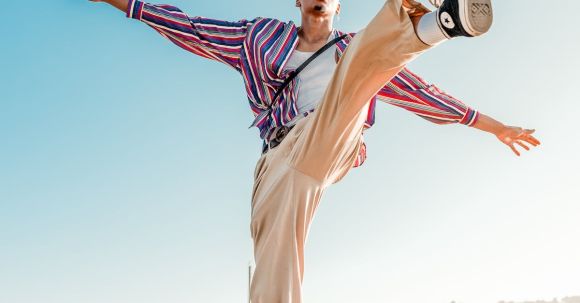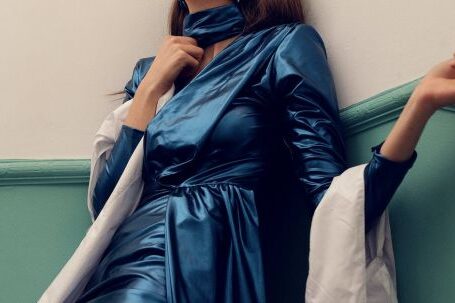Fashion is not just about the clothes we wear; it is a form of self-expression, a way to communicate our individuality and style to the world. And one of the most crucial elements that can make or break a fashion statement is color coordination. The way we combine colors in our outfits can have a significant impact on how we are perceived and can elevate our overall look from ordinary to extraordinary.
Color coordination is the art of selecting and combining colors in a way that creates harmony and balance. It involves understanding the color wheel and how different colors interact with each other. By mastering the principles of color coordination, we can create visually appealing and stylish outfits that make a lasting impression.
The first principle of color coordination is understanding the color wheel. The color wheel is a tool that organizes colors in a circular format, showcasing the relationships between primary, secondary, and tertiary colors. By using the color wheel as a guide, we can easily identify complementary colors, analogous colors, and triadic colors.
Complementary colors are opposite each other on the color wheel, such as red and green or blue and orange. When combined, complementary colors create a high contrast and vibrant effect, making the outfit visually striking. However, it is essential to use complementary colors in moderation to avoid overwhelming the overall look.
Analogous colors are adjacent to each other on the color wheel, such as blue and green or red and orange. Combining analogous colors creates a harmonious and cohesive look. This color scheme is often used in monochromatic outfits or when aiming for a subtle and understated style.
Triadic colors are evenly spaced around the color wheel, such as red, yellow, and blue. This color scheme offers a balance between contrast and harmony, making the outfit visually interesting. Triadic colors work best when one color dominates, and the others act as accents.
Another crucial aspect of color coordination is considering the undertones of colors. Colors can have warm or cool undertones, depending on the amount of yellow or blue present in the hue. By understanding the undertones of colors, we can create outfits that flatter our skin tone and enhance our natural beauty.
For individuals with warm undertones, such as yellow or peachy skin, earthy tones and warm colors like oranges, reds, and browns are particularly flattering. On the other hand, individuals with cool undertones, such as pink or blue skin, tend to look best in cool colors like blues, purples, and greens.
When it comes to color coordination, it is also essential to consider the occasion and the desired mood. Bright and vibrant colors are perfect for casual and festive events, while muted and neutral colors are suitable for formal occasions. By understanding the psychology of color, we can use color coordination to convey specific messages or evoke certain emotions.
In conclusion, color coordination plays a vital role in fashion, allowing us to create visually appealing and stylish outfits. By understanding the color wheel, the principles of complementary, analogous, and triadic colors, and considering the undertones and psychology of colors, we can elevate our fashion game and make a lasting impression. So the next time you put together an outfit, remember the power of color coordination and let your style shine through!





